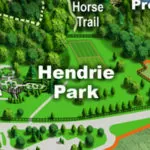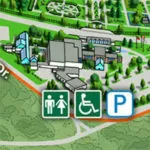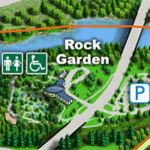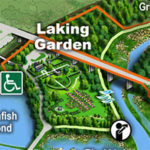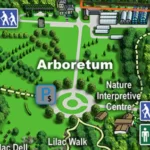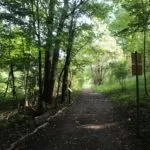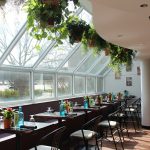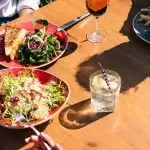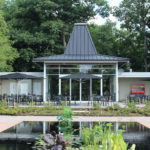| Membership | Price (+HST) |
|---|---|
| Single | $85/year |
| Single Plus | $120/year |
| Family | $130/year |
| Family Plus | $175/year |
| Contributing | $300/year |
| Supporting | $600/year |
| Sustaining | $1,000/year |
| Benefactor's Circle | $2,500/year |
| Director's Circle | $5,000/year |
| President's Circle | $10,000/year |
Fishway
The Fishway at Princess Point
RBG’s Fishway is protecting native species and their wetland habitats functioning as fish strainer at the outlet.
The Fishway is located at the mouth of the Desjardins Canal – where Cootes Paradise Marsh flows into Hamilton Harbour. Its design keeps large invasive Common Carp out of the marsh, but allows water and native fish to move between the two bodies of water. Part of the local HHRAP initiative, the Fishway is one of several remediation projects in place to restore the bay and the marsh and to a healthy ecosystem.
Since 1997, the Fishway has been protecting Cootes Paradise Marsh and connecting visitors to the hard to see life beneath the water. It is a vital tool to improving the health of the marsh, allowing further restoration initiatives to occur. The migration of fish is seasonal largely tied to spring spawning runs. The fall cool season and declining water levels allows the structure to be partially open to allow free fish movement.
Discovery at the Fishway
Watch RBG ecologists at work as they assist migrating fish to their spawning grounds in Cootes Paradise Marsh! The Fishway is located at the outlet of Cootes Paradise Marsh, a short walk from Princess Point accessed along the Desjardins Trail.
2025 Lift Schedule
Operation lasts approximately 30 minutes
- March: After ice out, Monday to Friday 2:30 p.m.
- April: Monday to Friday 8 a.m. and 2:30 p.m.
- May and June: Monday to Friday 2:30 p.m.
- July and August: Monday, Wednesday and Friday 2:30 p.m.
- September to November: No pre-scheduled operations
2025 Weekend / Holiday Lift Schedule
Operation lasts approximately 30 minutes
- Sunday, April 13: 10 a.m. and 2p.m.
- Sunday, May 11: 10 a.m. and 2 p.m. (Mother’s Day)
- Sunday, June 15: 10 a.m. and 2 p.m. (Father’s Day)
Note: The Fishway does not typically operate on statutory holidays unless noted or the Friday before a weekend lift.
The Fishway will not operate on:
- Friday, April 11
- Monday, April 21
- Friday, May 9
- Friday, June 13
Where is the Fishway?
The Fishway is located along the south-east side of Cootes Paradise (map below).
- Park at Princess Point (directions) OR take Hamilton Transit to the Princess Point Loop stop
- Walk down the Desjardins Trail to the fishway (approximately 10 minute walk).

History of the Fishway
As part of the marsh restoration, it is a barrier designed to keep the large non-native carp in Hamilton Harbour and out of the marsh, while maintaining the natural flow of water and native fish. After a century of decline, the marsh has improved each year since the Fishway’s installation. In 1996, about 70,000 common carp dominated the marsh; the barrier has excluded 95+% since its installation. You can experience a rejuvenating Cootes Paradise Marsh through one of the many school programs, or visit during the spring migration of spawning fish from Lake Ontario.
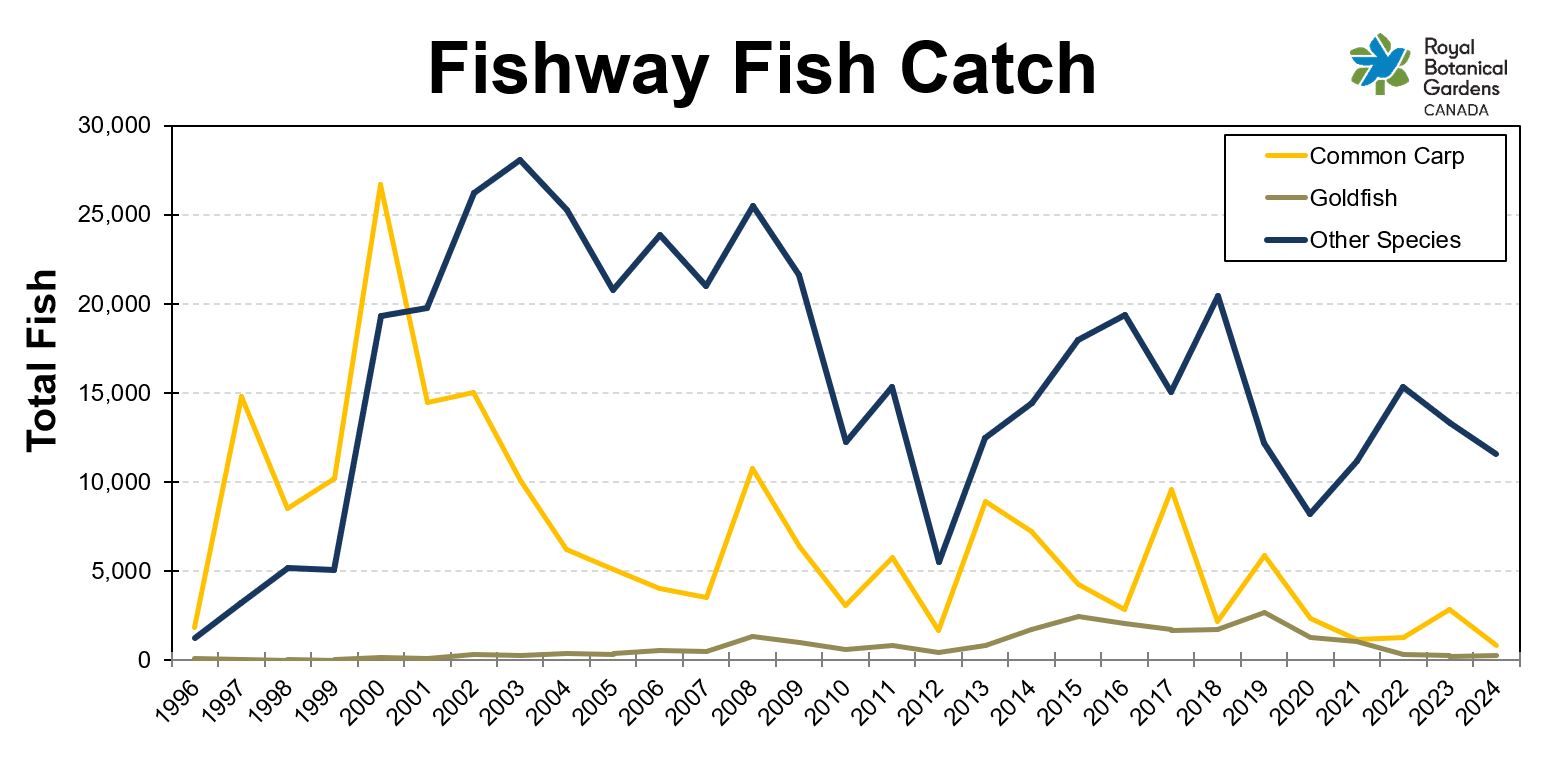
Highlights of 20 years of restoration progress (measured between 1996 and 2016) include:
- Water clarity improved from 30 cm to 50 cm, with periods of very clear water occurring in recent years
- Submergent aquatic plants increased from 0 hectares to 80 hectares.
- Wetland plants overall increased by 105 hectares and now include 28 species (up from 8 species)
- Emergent marsh vegetation increased from 15 to 39 hectares, mostly in the form of cattails – with 14 species present
- Wild Rice, once totally lost, now grows in 30 locations
- Native Fish increased by six fold (graph below).
- Amphibians increased from 3 to 5 species and numbers have increased 8 fold
- Planted over 200,000 wetlands plants (including 150,000 cattails covering 3 hectares), assisting with the re-establishment of many lost species.
Understanding the results
Ongoing fish deaths in adjacent Hamilton Harbour due to impaired oxygen levels and fish diseases such as VHS (which arrived 2007) continue to suppress fish numbers, despite improved marsh reproductive habitat. The impaired oxygen is a direct result of large volumes of partially and untreated sewage entering the harbour. The decomposing sewage uses up the oxygen, particularly through the processes of ammonia de-nitrification. Upgrades to wastewater treatment systems in Hamilton and Burlington are underway to correct this issue through the HHRAP.
Support Conservation at RBG
These conservation projects are possible thanks to the generous support of RBG Members and donors. With a donation to RBG’s Greatest Need, you can ensure an active, vibrant and healthy future for the children of today and tomorrow through our horticultural and conservation projects.
Royal Botanical Gardens (RBG) is the largest botanical garden in Canada, a National Historic Site, and registered charitable organization with a mandate to bring together people, plants and nature.
Educational Opportunities
The Fishway provides excellent opportunities for the public to view native fish up close, and learn about the conservation projects that are helping to restore this ecologically sensitive wetland. Book your school tours through our educational programs.

